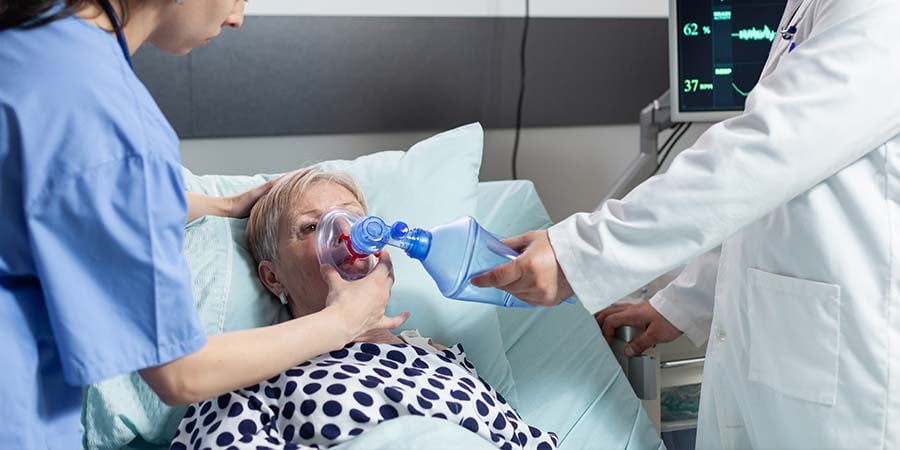
Dust is more than a mere nuisance. It may contain harmful microbes, fungal spores, chemical irritants, and VOCs. In a medical facility that must remain sanitary, proper air filtration is critical.
As you know, reducing the amount of circulating dust helps keep the air clean and safe. That can be a challenge in high-risk facilities, especially during construction projects or in biohazardous zones. Here's what to consider when investing in a dust collection system.
High Conveying Velocity
Dust tends to settle, which is why standard circulatory ducts are often insufficient for high-risk facilities. If dust is allowed to accumulate in the system, those spores or contaminants have time to disperse. A dust collector should have a higher conveying velocity to keep dust suspended so it can be captured.
To achieve this, you'll need:
- A fan that is strong enough to create airflow but not so powerful that it overloads the filter
- A properly sized hood or other dust collection structure
Construction projects produce a variety of heavy particulates; consider that if your medical facility is being renovated.
Negative Air Machine
Construction work can rile up dust that contains harmful microbes. It also creates particulates that give pathogens a way to hitchhike throughout the facility.
To isolate the area, make sure your dust collector includes a negative air machine. This device creates negative air pressure, preventing dust and pathogens from leaving the space.
Negative air machines work in conjunction with HEPA filters, which trap harmful particulates before the air leaves the area.
HEPA Filtration
Dust containment systems reduce the amount of dust in the air, but inhaling just one viral particle can be serious. The CDC has reported that 1 in 25 hospital patients will develop a Hospital-Acquired Infection (HAI). Dust is a key risk factor in HAIs as pathogens can hitch rides as the dust circulates the facility.
Therefore, cleaning the air is just as important as collecting the dust. Your dust containment system should have a HEPA filter with 99.97% filtration of particles as small as .03 microns.
When all components of your dust collector are adequately sized and configured, you greatly minimize the risk of HAIs. The air is significantly cleaner, in more ways than one!
Conclusion: Dust Collection Systems Are Critical to Hospital Safety
Dust is an invisible threat in medical facilities. Unfortunately, dust is inevitable — but it can be contained. Whether you're performing minor repairs or major renovations, a good dust collector prevents dangerous particles from spreading out. This is not one single device but rather a system of air intake and filtration.
Once you've determined your facility's risk level, invest in a dust collection system that's rated for your needs. It doesn't even require a complete overhaul of your ductwork: mobile dust containment units make it easy and affordable to ensure clean air in any part of the building.
